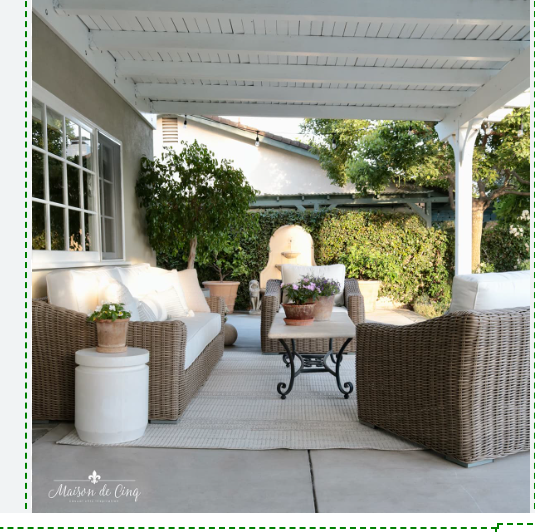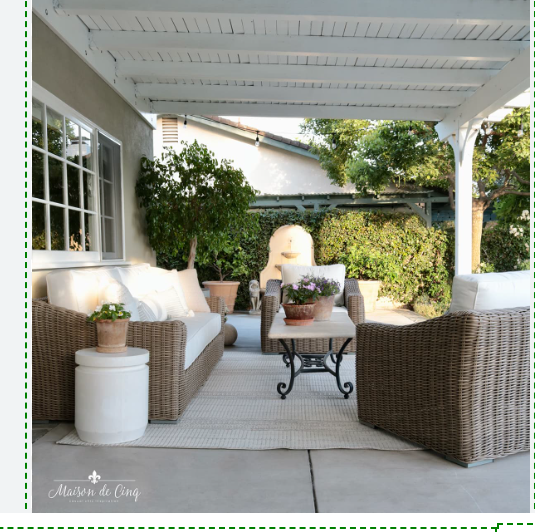In regions where the weather varies significantly throughout the year, homeowners often seek ways to enjoy their outdoor spaces regardless of the season. An all-season deck can provide the perfect solution, offering a comfortable, versatile area to relax and entertain year-round. Building a deck that can withstand various weather conditions while maintaining its aesthetic appeal requires careful planning and consideration of materials, design, and features. This article outlines the key steps and considerations for creating an all-season deck that will be a cherished extension of your home through every season.
1. Choose Durable Materials
The foundation of any all-season deck is the selection of durable materials that can withstand the elements. Traditional wood decks, while beautiful, may not always offer the best resistance to weather without regular maintenance. Composite decking, made from a blend of wood fibers and plastic, provides a more durable alternative that resists fading, staining, and moisture damage. Aluminum decking is another option, known for its strength, durability, and resistance to rust and decay. Selecting the right materials ensures your deck remains in excellent condition throughout the year.

2. Incorporate Weather-Protective Features
To truly make your deck all-season, incorporating features that protect against weather elements is crucial. A retractable awning or permanent roof structure can shield the area from sun and rain, making it usable in various weather conditions. For cooler climates, consider installing outdoor heaters, fire pits, or a fireplace to extend the deck’s usability into the colder months. Enclosures like screened porches can also offer protection from wind and insects, further enhancing comfort year-round.
3. Optimize for Sun and Shade
Understanding your yard’s sun and shade patterns is essential for designing an all-season deck. Position the deck to take advantage of the sun’s warmth in cooler months while incorporating elements like pergolas, trellises, or large umbrellas to provide shade during the hotter parts of the year. Strategic placement of these features can create a comfortable outdoor living space regardless of the temperature.
4. Select All-Weather Furnishings and Accessories
Building an all-season deck play a significant role in the functionality and comfort of your all-season deck. Choose furniture made from materials designed to withstand various weather conditions, such as teak, wrought iron, or all-weather wicker. Outdoor rugs, cushions, and pillows should be made from moisture-resistant and UV-protected fabrics to prevent mildew and fading. Additionally, consider storage solutions for cushions and accessories to keep them in pristine condition when not in use.
5. Plan for Lighting and Electrical Needs
Adequate lighting extends the usability of your deck into the evening and throughout the shorter days of the year. Integrated lighting solutions, such as LED deck lights, stair lighting, and overhead fixtures, can create a warm and inviting atmosphere. Additionally, planning for electrical outlets will allow for the use of outdoor heaters, fans, or entertainment systems, enhancing the deck’s functionality in all seasons.

6. Consider Maintenance and Upkeep
An all-season deck requires maintenance to keep it looking its best throughout the year. Choose materials and features that minimize upkeep for more time to enjoy your outdoor space. Regular cleaning, along with periodic checks for any damage or wear, will help maintain the deck’s appearance and safety.
Conclusion
Building an all-season deck involves thoughtful planning and consideration of materials, design, and features that cater to weather variations. By selecting durable materials, incorporating protective features, and optimizing for comfort, you can create a versatile outdoor space that serves as a year-round extension of your home. An all-season deck not only enhances your living area but also increases the value and appeal of your property, offering a peaceful retreat no matter the season